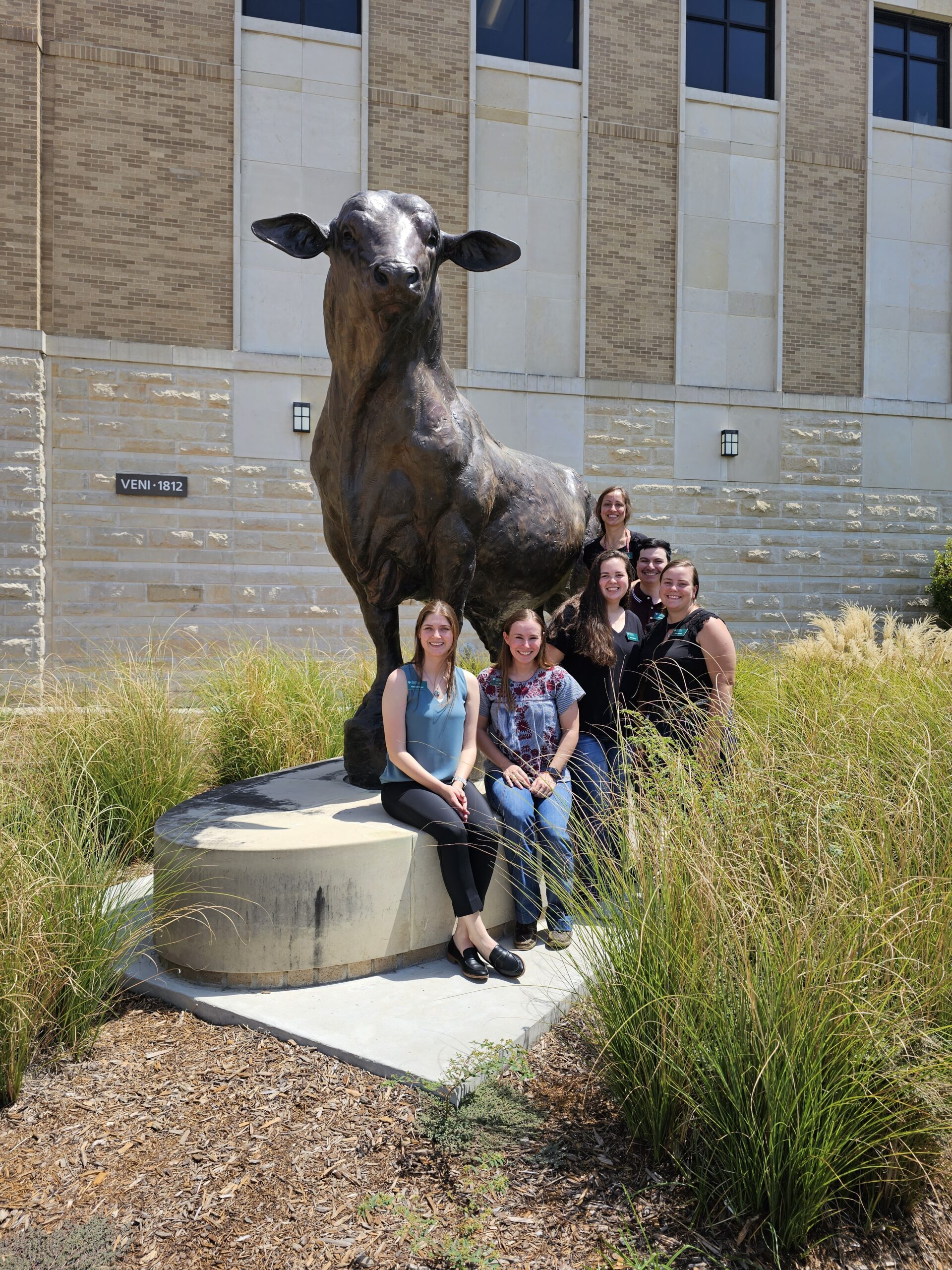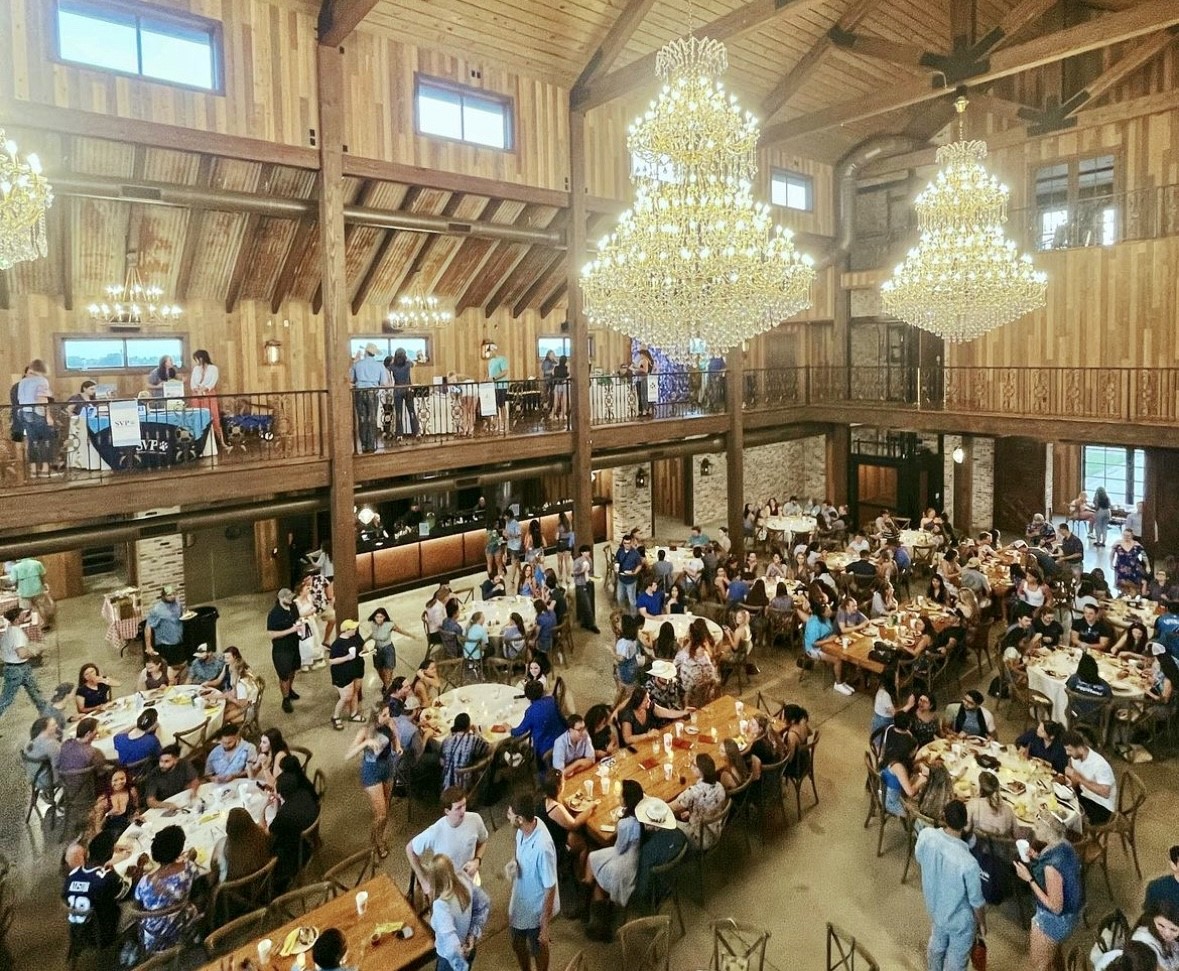Starting My Second Year Of Vet School
By Abbie

Transitioning from working dairy cattle in 100-degree heat to ferociously typing notes on hematopoiesis (the production of blood cells and plasma) can seem like quite a shock as the school year starts. Yet, the room seems to buzz with excitement as we share details of our amazing externships and summer plans.
A few of my classmates just returned from presenting their research in Puerto Rico, while others tell wild stories of treating a rhino in South Africa. When it’s my turn, I get to share the highlights of my internship with the USDA Veterinary Services, which included going to the U.S.-Mexico border for a week and learning the veterinary care involved in importing cattle and horses into the United States.
Eventually, the room settles down as we begin our new classes. The professors congratulate us on surviving Anatomy and Physiology, and we move on to concepts in Public Health, Pathology, and Clinical Laboratory Medicine.
As an officer for Wildlife Disease Association (WDA), my lunch is spent recruiting first-year and graduate students to join during a joint extra-curricular interest meeting with Honeybee Vets, Green Vets, and Zoo, Exotics, and Wildlife (ZEW). Texas A&M has a variety of clubs within the veterinary school targeted toward any passion you have — from cows, horses, pigs, and chickens to surgery, ophthalmology, shelter medicine, and business.
Each group hosts monthly meetings with industry veterinarians and semesterly labs to practice unique, hands-on skills. For WDA, I will be organizing our dart gun lab (dart guns are used to anesthetize wildlife so veterinarians can examine the animals) and assisting with the Chronic Wasting Disease Postmortem Sample Collector certification lab.
Following lunch, lectures resume with Pharmacology, and then my class splits for our electives (courses we choose to take based on our desired veterinary specialties), which for me is Wild Game — my first elective as a veterinary student.
During the fall of our second year, we get to choose two electives. The options include: Wild Game, Introduction to Exotics, Concepts in Herd and Population Management, Research & Discovery, Small Animal Rehabilitation, Veterinary Legislative Advocacy, and VetMed 2030. My second elective, Introduction to Exotics, will be on Thursdays.
When my first day is over at 4 p.m., it is time for a little taste of summer — heading to the pool for a cardio water class!
Veterinary school has a very rigorous class schedule. Most days, we are in class close to eight hours a day. The rest of my week looks like this: Tuesdays and Wednesdays are split up lectures in the morning, and labs in the afternoon. Thursdays are lectures and electives, and I round out the school week with two labs — Professional Skills then Clinical Skills.

We typically have tests every Monday and Friday at 8 a.m., but since we don’t have a test on the first week, I get to sleep in a bit, before heading to do the daily tour as a VMBS Ambassador.
After a very eventful first week, I meet my first-year mentee for dinner at ModPizza, checking in to see how she is transitioning at veterinary school and offering advice based on my experience. The second week seems to fly by, as I get back into study mode and spend time in the Clinical Skills Lab practicing suture patterns. On Friday, it’s time to kick back and have a little fun at the Blue on Blue School of Veterinary Medicine & Biomedical Sciences BBQ!
Looking back on myself almost exactly one year ago, I can still feel the nerves of walking into the veterinary school for the very first time as a student. Today, that nervousness is replaced with excitement, knowing that I have grown enormously, both intellectually and personally. In just a few short weeks, I have learned so many new skills that are each a stepping stone on the way to becoming a veterinarian.
